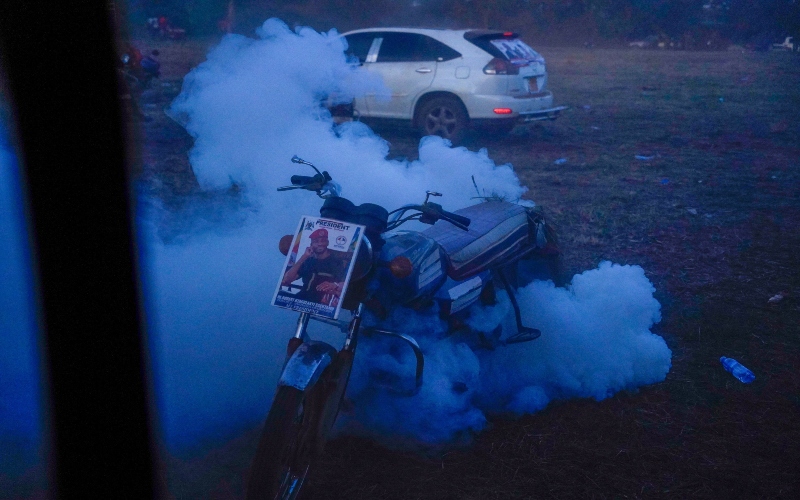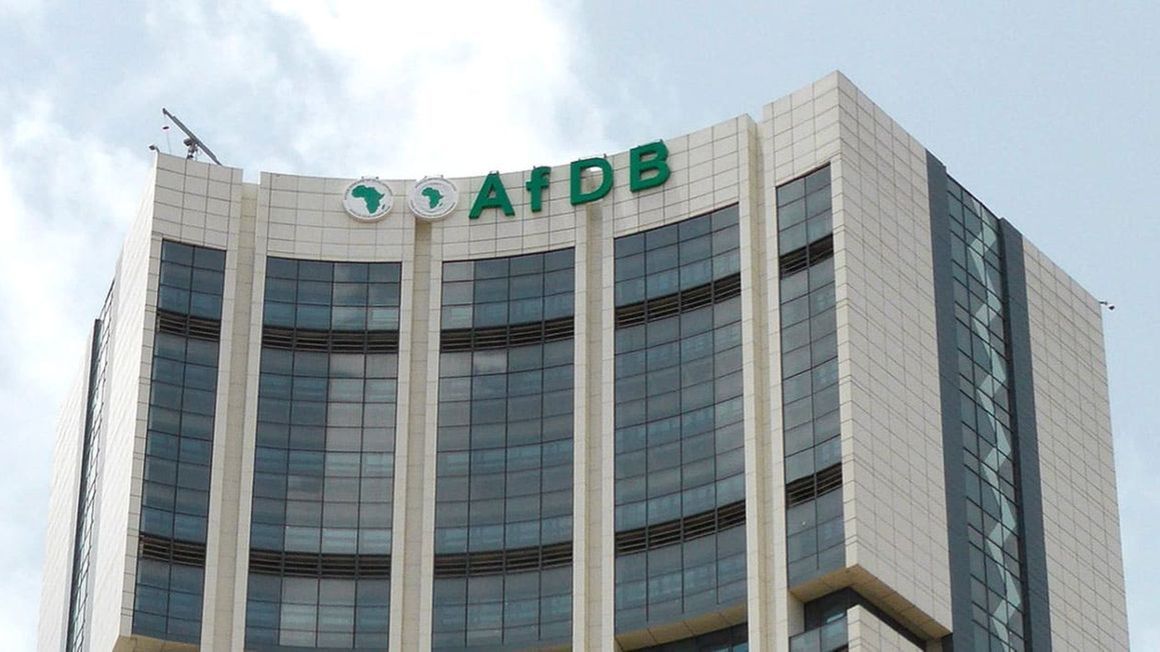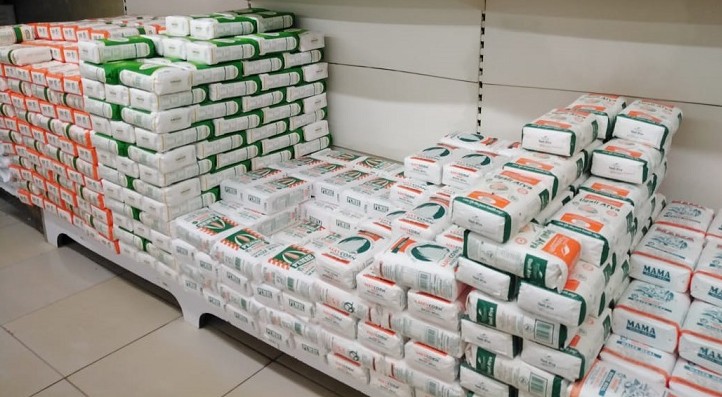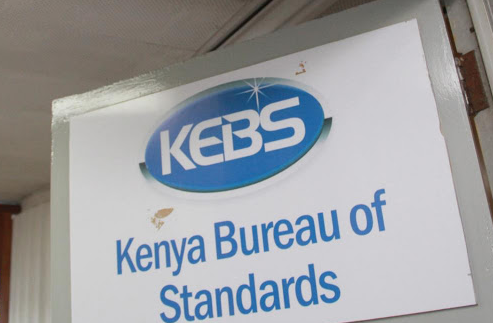Dark SME Day: Small-scale businesses face hefty losses due to protests
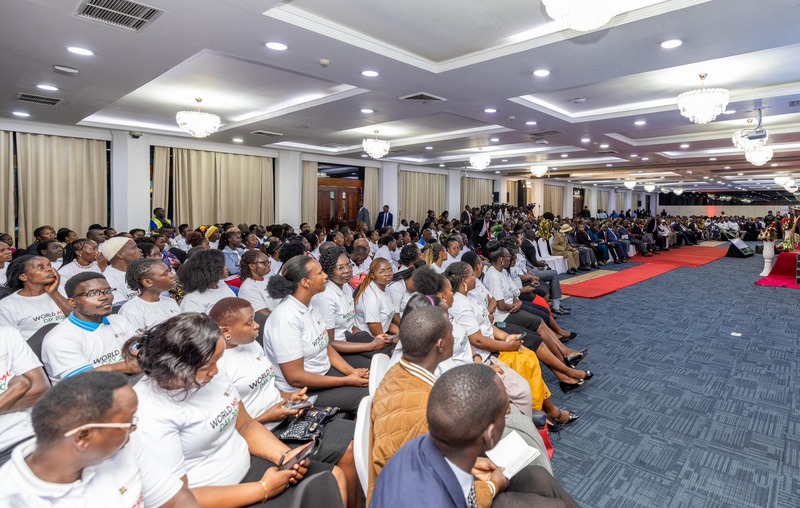
Experts have since argued that the demonstrations may have pushed the most vulnerable enterprises to the brink, threatening not only their survival but also the livelihoods tied to them.
As the world celebrates International SME Day on June 27, it is a grim moment for many Kenyan small business owners, especially in the country’s capital, Nairobi.
On June 26, businesses in the capital’s central business district, along Mfangano Street, Moi Avenue, Khoja, and OTC found their shops empty, windows shattered, and properties damaged, with some commercial buildings even set on fire.
More To Read
- Eastleigh mall owners protest return of hawkers, call for county action
- Property worth millions destroyed as fire razes shops at Yare Business Park in Eastleigh
- Kenya to introduce mandatory digital ID for online sellers in new e-commerce crackdown
- Traders count millions in losses after protest looting and arson across Kenya
- Scars of protest: Sunbeam traders still await justice following 2024 fire tragedy during anti-tax demos
- Wheat traders to enjoy continued tax relief after EAC deal
This was just a day after the June 25 anniversary protests turned chaotic across the country. Youth from at least 25 counties held demonstrations.
These include Mombasa, Nakuru, Kisii, Kitengela town in Machakos, Nyeri, Eldoret, Homa Bay, Makueni, Kirinyaga, Busia, Kisumu, Nyandarua, Murang’a, Laikipia, Meru, Tharaka Nithi, Kiambu, Kilifi, Narok and Kakamega.
Wednesday’s protests were the third public demonstration this month, underscoring the exposure and fears businesses face due to political risks in the country. The previous two were triggered by the killing of Albert Ojwang while in police custody.
What should have been a day of recognition for their contribution to the economy today now feels like a cruel reminder of their growing vulnerability.
For many SMEs, the situation is especially dire, with more than half reportedly operating without insurance. Ideally, this means that the small businesses’ burden of recovery falls squarely on their shoulders.
A survey report by AAR insurance dubbed ‘Insurance Usage & Awareness Report 2024’, shows over half of small-scale businesses in Kenya remain uninsured, leaving millions of jobs and investments vulnerable in the face of disasters and or financial hardships.
The report reveals that about 53 per cent of SMEs lack insurance coverage, while 52 per cent depend on a single provider. The finding, according to the firm, exposes a critical gap in the market.
“Many small businesses are still finding it challenging to protect themselves from the risks they face fully,” said Justine Kosgei, Group CEO, AAR Insurance Kenya.
The report pegs the low uptake mainly to high insurance costs and a perceived mismatch between offerings and SME needs.
Nevertheless, the report reveals that only 16 per cent of small businesses in the country are considering new insurance coverage in the near future.
In the areas around the Capital affected by the protests, initial estimates suggest losses could amount to millions of shillings, with most businesses lacking any safety net to absorb the impact.
This situation arises as SMEs, which constitute over 90 per cent of Kenya’s private sector and provide employment for millions, are already struggling in a challenging economic environment.
Experts have since argued that the demonstrations may have pushed the most vulnerable enterprises to the brink, threatening not only their survival but also the livelihoods tied to them.
Scope of the insured and insurers
For businesses that had insured their operations against such political risks and fire, this translates to renewed pressure on insurance companies providing these coverages.
Public demonstrations were identified as a major factor behind the rise in insurance claims paid out last year.
CIC General Insurance, for instance, revealed last year that it paid out Sh400 million in claims related to political risks.
The Association of Kenya Insurers' Chief Executive, Tom Gichuhi, says they conducted research the previous year and observed an increased uptake of political risk cover following the demonstrations.
He adds that insurers treat political risks differently, with some of them having a specific class for losses arising from civil unrest, while others classify them under fire insurance with a sub-category for strikes and civil commotion.
Notably, data by the Insurance Regulatory Authority shows Kenya’s general insurers incurred claims of Sh2.52 billion last year on their fire industrial policies, where some of the risks from the protests fall.
This was more than double the Sh1.27 billion incurred in 2023, a 98.4 per cent year-on-year increase.
Out of this, Sh1.87 billion was paid in 2024, a 55.3 per cent increase from the previous year when Sh1.2 billion was paid under the fire industrial product.
Overall, the number of claims incurred during the review period rose by 11.2 per cent, increasing from Sh86.1 billion in 2023 to Sh95.7 billion.
Top Stories Today



